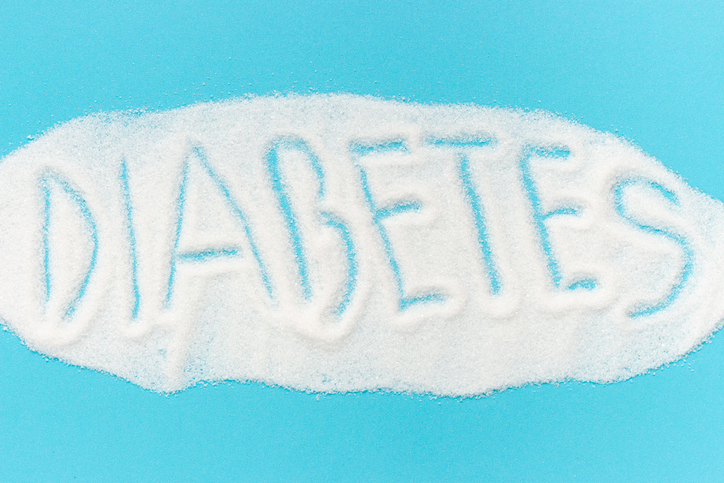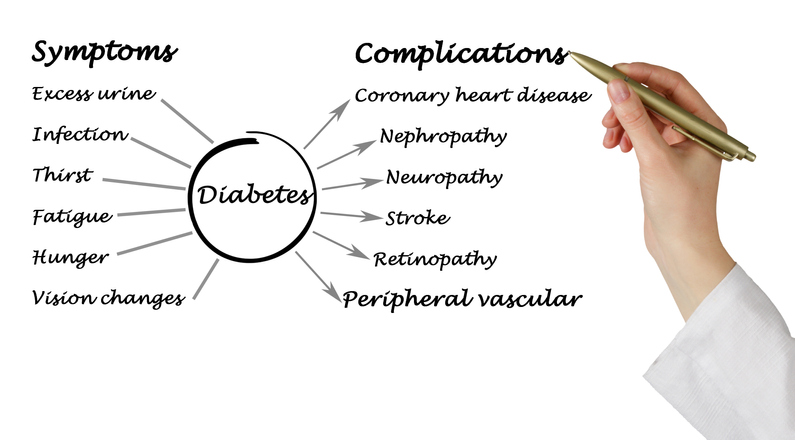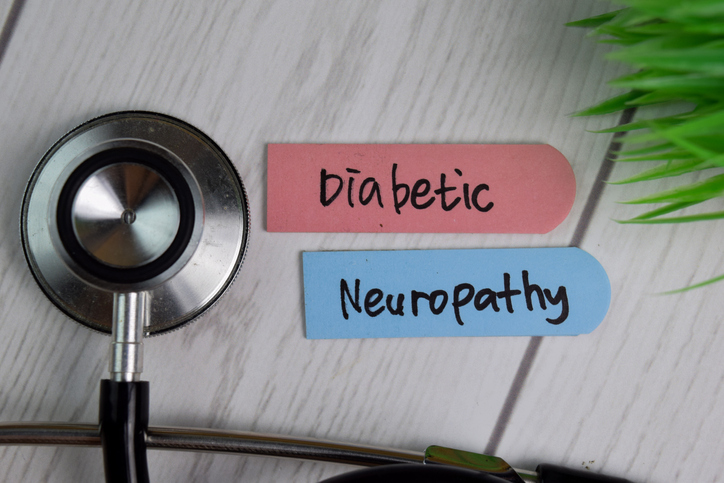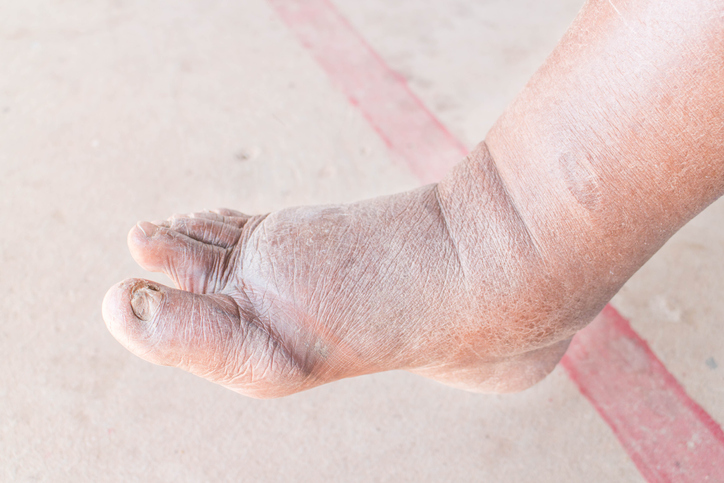Pain
What Is Type 1 Diabetes?
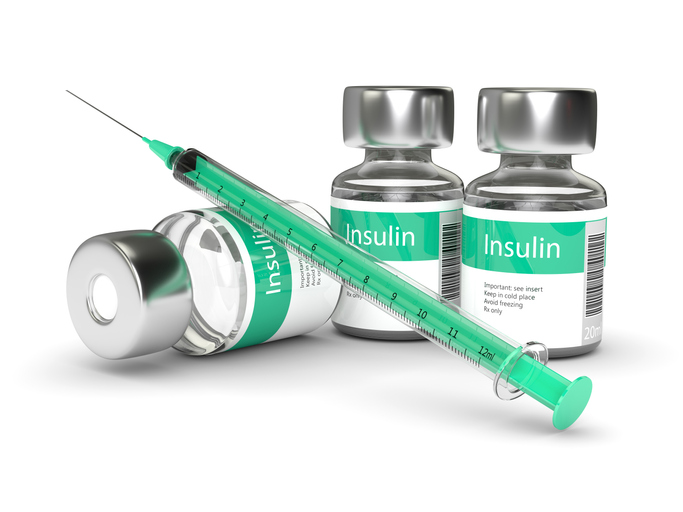
Type 1 diabetes — a type of diabetes mellitus — is an autoimmune disease that causes high blood sugar. Also known as juvenile diabetes or insulin-dependent diabetes, type 1 diabetes occurs when the immune system attacks the insulin-producing cells in the pancreas (beta cells), resulting in little to no insulin production. Insulin is a natural hormone produced by the pancreas to move glucose from blood into cells to be stored and used for energy. When the pancreas produces little to no insulin, the glucose in the blood cannot get into the body’s cells; therefore, blood glucose (blood sugar) levels become too high.
Type 1 diabetes is most commonly diagnosed under the age of 30 but can develop at any age. It is estimated that 10 percent of people with diabetes mellitus have type 1 diabetes.
Symptoms of type 1 diabetes
Symptoms of type 1 diabetes include, but are not limited to, the following:
- Extreme hunger
- Increased thirst
- Increased urination
- Unintentional weight loss
- Blurry vision
- Irritation or mood changes
- Fatigue or weakness
Causes of type 1 diabetes
The exact cause of type 1 diabetes is unknown. One theory is that a virus causes the immune system to attack cells of the pancreas that produce insulin. Another possibility is that genetics play a role in developing type 1 diabetes. Therefore, both genetic susceptibility and environmental factors may act together in the development of type 1 diabetes.
Risk factors for type 1 diabetes
Risk factors of developing type 1 diabetes include, but are not limited to, the following:
- Family history of type 1 diabetes
- Genetics
- Age (most commonly diagnosed between the ages of 4-7 and 10-14)
- Environmental factors
- Presence of damaging immune system cells (autoantibodies)
- Geographic location (e.g., Finland and Sweden have higher rates of type 1 diabetes.)
